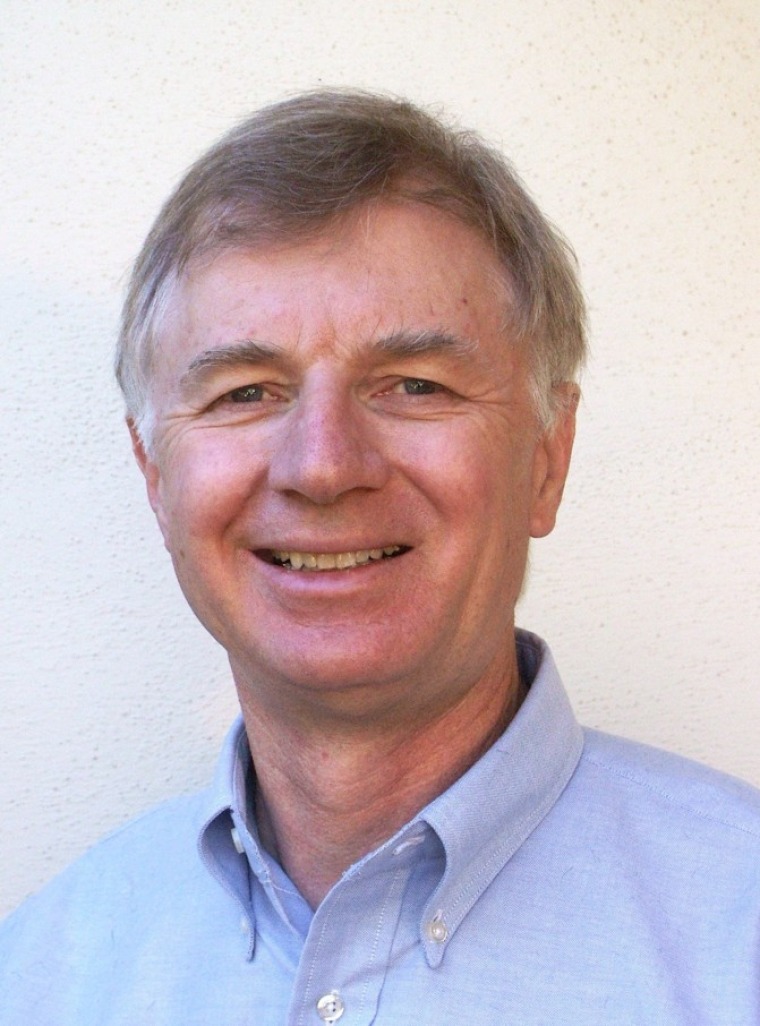Timothy W. Secomb, PhD

Theoretical studies of the microcirculation. The microcirculation is a network of extremely small blood vessels that supplies oxygen and nutrients to all parts of our tissues. We use of mathematical and computational approaches to study blood flow and mass transport in the microcirculation. Mechanics of blood flow in microvessels. Relationship between red blood cell mechanics and flow resistance in microvessels, including the effects of a relatively thick macromolecular lining (endothelial surface layer) on the walls. Mass transport to tissue. Oxygen exchange between networks of microvessels and surrounding tissues. Relationship between network structure and occurrence of local hypoxic (radiation-resistant) regions in tumors, and the delivery of chemotherapeutic drugs. Angiogenesis and structural adaptation in microvascular networks. Models for the development and maintenance of networks structures, including responses to changing functional demands. Regulation of blood flow: Models for the active regulation of blood flow by changes in vascular tone, taking into account vascular responses to wall shear stress, pressure and local metabolic state, and including effects of conducted responses along vessel walls.
Degree(s)
- 1975 BSc Mathematics - University of Melbourne
- 1976 MSc Mathematics - University of Melbourne
- 1979 PhD Applied Mathematics - University of Cambridge
- 1981 Post-Doctoral - Columbia University
Burton, J.K., Bottino, D. and Secomb, T.W. A systems pharmacology model for drug delivery to solidtumors by antibody-drug conjugates: Implications for bystander effects. AAPS Journal, 22:12 (2020)
Celaya-Alcala, J.T., Lee, G.V., Smith, A.F, Li, B. Sakadžić, S., Boas, D.A. and Secomb, T.W. Simulation ofoxygen transport and estimation of tissue perfusion in extensive microvascular networks: application tocerebral cortex. Journal of Cerebral Blood Flow and Metabolism, 41: 656-669 (2021)
Alberding, J.P. and Secomb, T.W. Simulation of angiogenesis in three dimensions: Development of theretinal circulation. Bulletin of Mathematical Biology 85:27 (2023)

